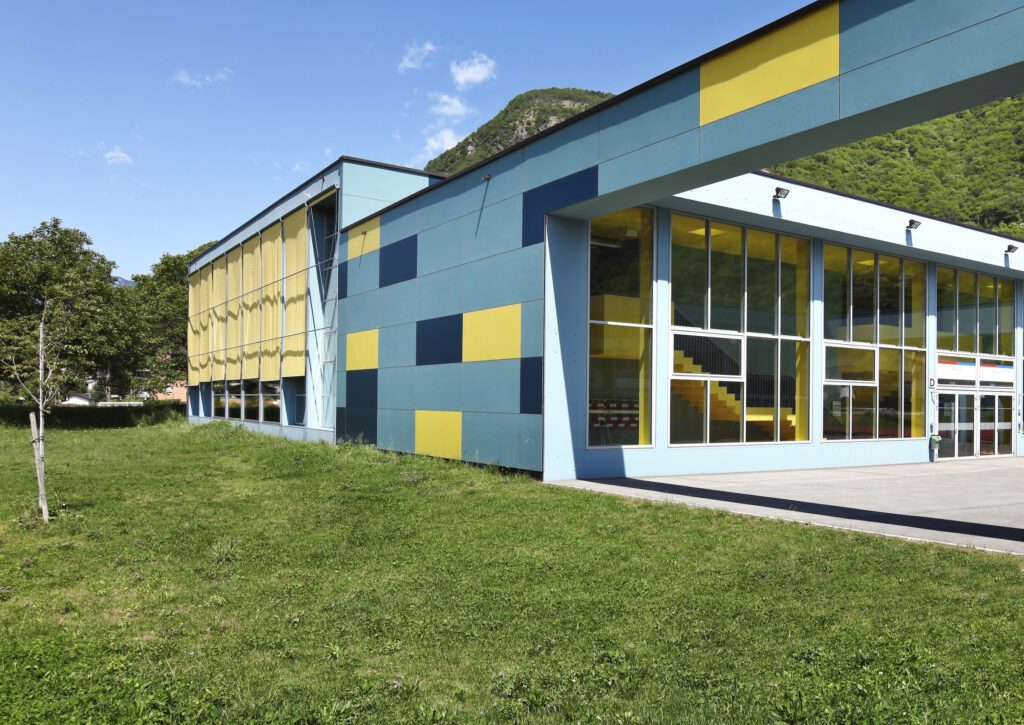Aluminium insulated panels are widely used in the UK construction market for windows, curtain walling, shopfronts and cladding. Integrating aluminium insulated panels in building designs is also ideal for improving the energy efficiency of buildings. Available with a wide range of insulation options and when effectively combined with Heating, Ventilation, and Air Conditioning (HVAC) systems, aluminium insulated panels enhance the aesthetic appeal of structures and may also help reduce energy consumption.
The Synergy Between Aluminium Insulated Panels and HVAC Systems
Aluminium insulated panels are renowned for their excellent thermal insulation properties. When installed in commercial shopfronts, curtain walling, and internal screens, these panels play a pivotal role in maintaining a consistent internal temperature. This consistent temperature is crucial in reducing the workload on HVAC systems. By minimizing the amount of heat lost during winter and heat gained during summer, these panels ensure that HVAC systems do not have to work overtime to maintain a comfortable indoor climate.
Energy Savings and Sustainability
The primary benefit of this synergy is energy savings. HVAC systems are among the largest consumers of energy in commercial buildings. When the load on these systems is reduced, the energy consumption drops significantly. This not only translates to lower utility bills but also contributes to a reduction in the carbon footprint of the building, aligning with the UK’s commitment to reducing greenhouse gas emissions.
Aluminium Panels in the UK Market
In the UK, the demand for aluminium insulated panels is growing in sectors such as commercial shopfronts, curtain walling, and office buildings. These panels offer a sleek, modern look while providing the necessary insulation. Moreover, they are durable, require low maintenance, and are recyclable, making them an environmentally friendly option.
Integration in Various Building Types
Curtain walling systems, often used in high-rise office buildings and commercial complexes, greatly benefit from the integration of aluminium insulated panels. These panels not only enhance the building’s thermal efficiency but also provide sound insulation, which is a significant factor in busy urban areas.
Similarly, in retail, the use of aluminium panels in shopfronts offers both aesthetic appeal and energy efficiency. For internal screens, these panels provide an effective way to create temperature-controlled zones within a larger space, further reducing the load on HVAC systems.
The Future of Energy Efficiency
The future of building design is increasingly focusing on energy efficiency. Aluminium-insulated panels can help improve it. The ability of well-insulated panels to work with HVAC systems to reduce energy consumption is a game-changer. It is a step towards sustainable development and aligns with the global shift towards green building practices.
The synergy between aluminium insulated panels and HVAC systems represents a significant advancement in building technology, particularly in the UK market. This combination leads to considerable energy savings and contributes to creating more sustainable and environmentally friendly buildings. As the demand for energy-efficient building materials grows, aluminium-insulated panels are set to become a staple in modern architectural designs.

